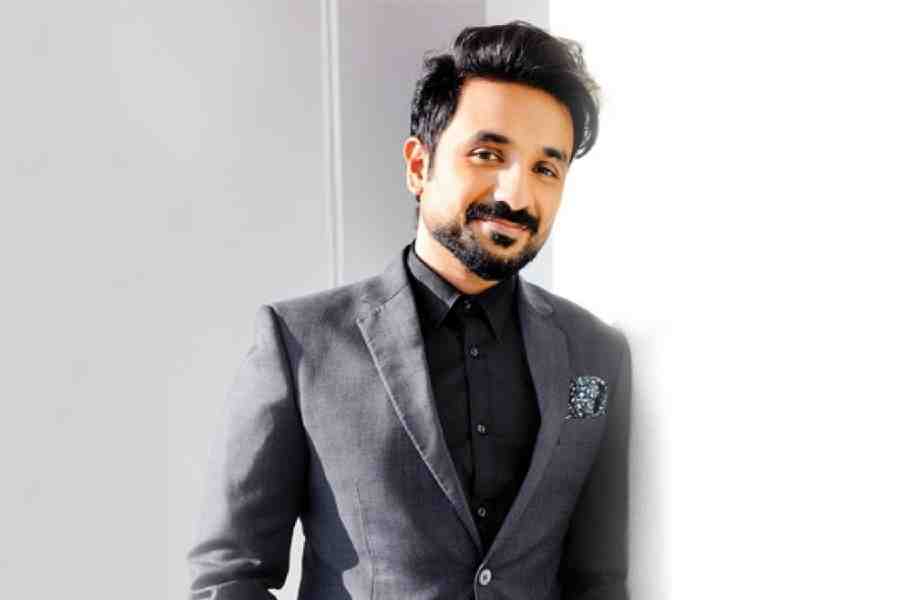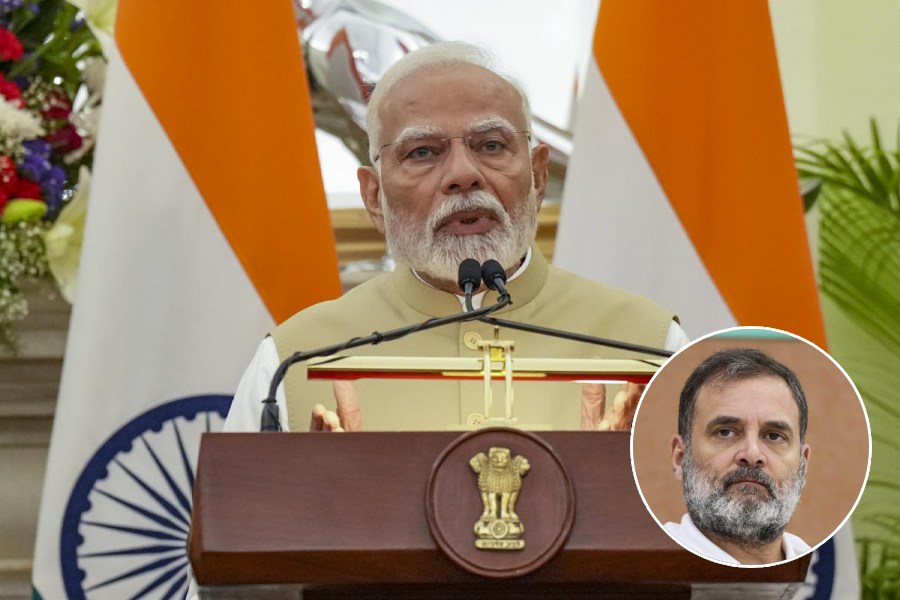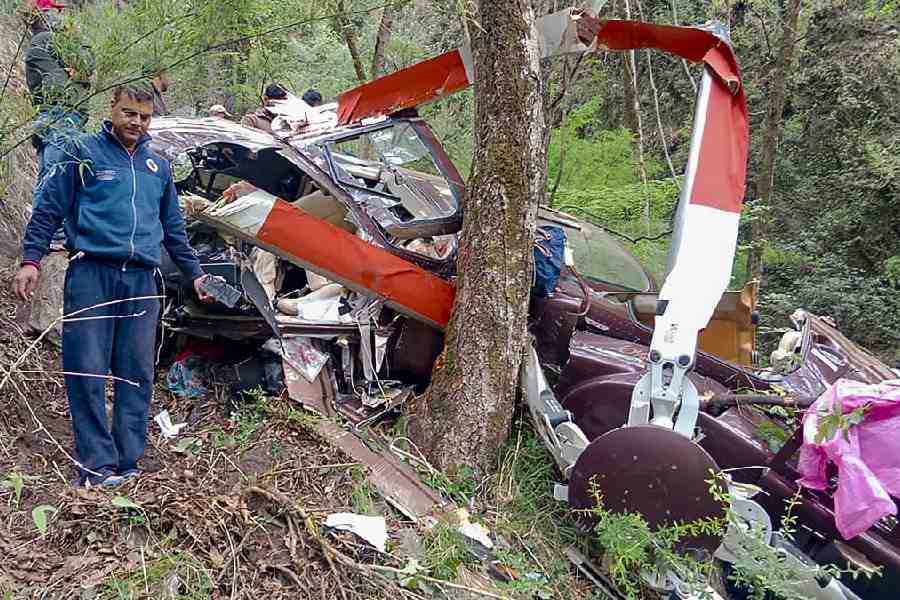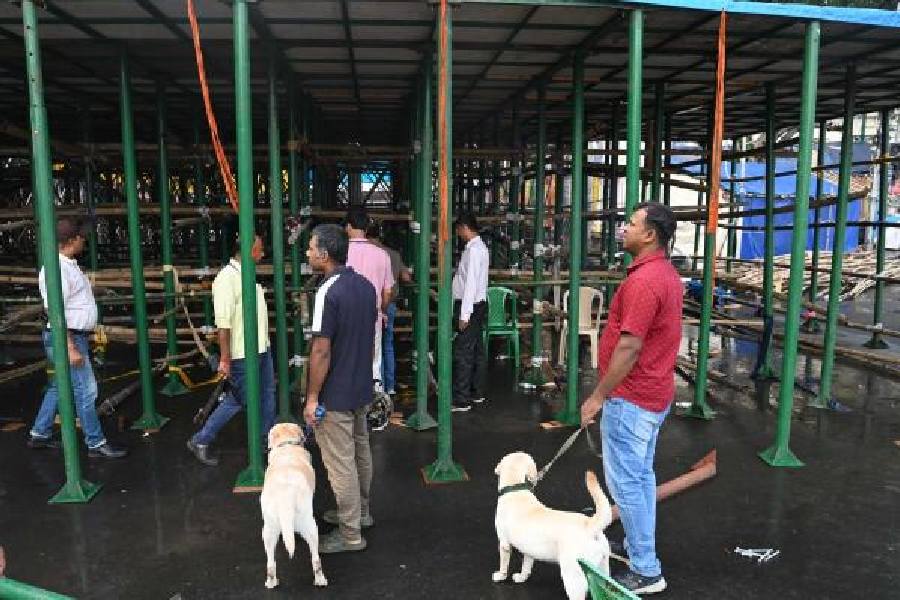 |
| Madhuboni Chatterjee |
Nature wants spring as her lover, her inspiration for creation, but not as permanent company; for that she must evolve, change, indulge her deep delights in creativity, truly feminine and forlorn. This is how Madhuboni Chatterjee, a Bharat Natyam dancer and choreographer interpreted Tagore’s Riturango in ‘Rangonayaker Janye’, presented by Jahnavi at the G.D. Birla Sabhagar on May 20. It is a dance-theatre, a choreographic innovation in Bharat Natyam.
Dance is not sterile, static or stagnant. There is the traditional thinking that it is enough if it survives in the pure, unchanged form. This seems to be a myth nowadays.
So, what about introducing choreography in classical dancing? It is a new approach of the known structure to suit the new concepts. To express the psychological contradiction of prakriti (nature), Chatterjee based her composition on this conviction. Her personal integrity as an artiste and striving for creation set her work a class apart.
Excellent care had gone into the costume design (Chaitali Chatterjee). Aesthetically dressed in a white costume with a tinge of green, with minimum ornaments, lonely prakriti came into being through Chatterjee’s facile movements and soulful expressions.
Sadness was her basic mood and temperament. Her every movement and posture reflected nature’s built-in tragedy, whereas spring was only a romantic relief. Equally faithful was Jawahar Das as Jiban. His theatrical background made his character faithful to the story.
Mayukh Bhowmick’s music produced the right pattern at the right time with power and artistry. The sequence of sarat reflected golden moments, complementing effectively with jatis and vibrant tillanas. However, a more skilled group of dancers was required to do justice to the choreography of dance as well as its music.
The different seasons were depicted by male dancers, but the compositions were mostly monotonous. Stagecraft by Sanchayan Ghosh was a real treat, though. Lights by Sudip Sanyal was sheer poetry, as though caressing the artistes on the stage.Vocal support by Srikanta Acharya and narration by Kaushik Sen heightened the level of the production.
However, how does one explain a young dancer presenting a piece of dance-theatre where dance itself is relegated to some minor function? Does it serve the purpose?










